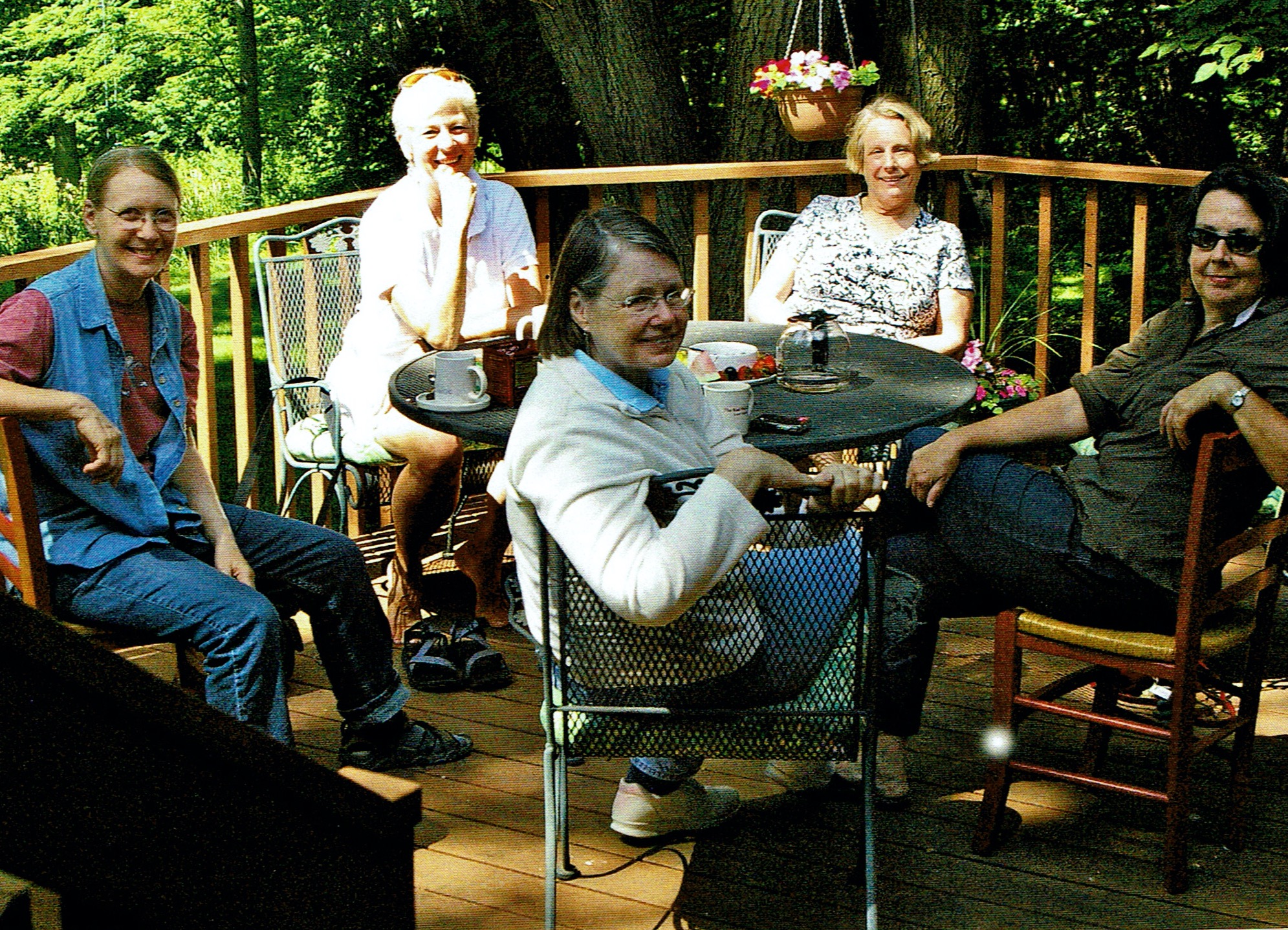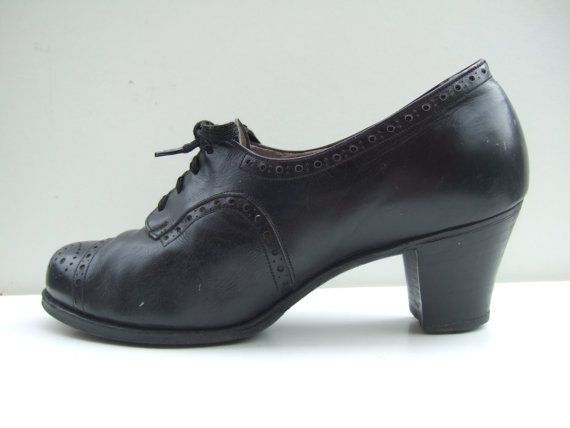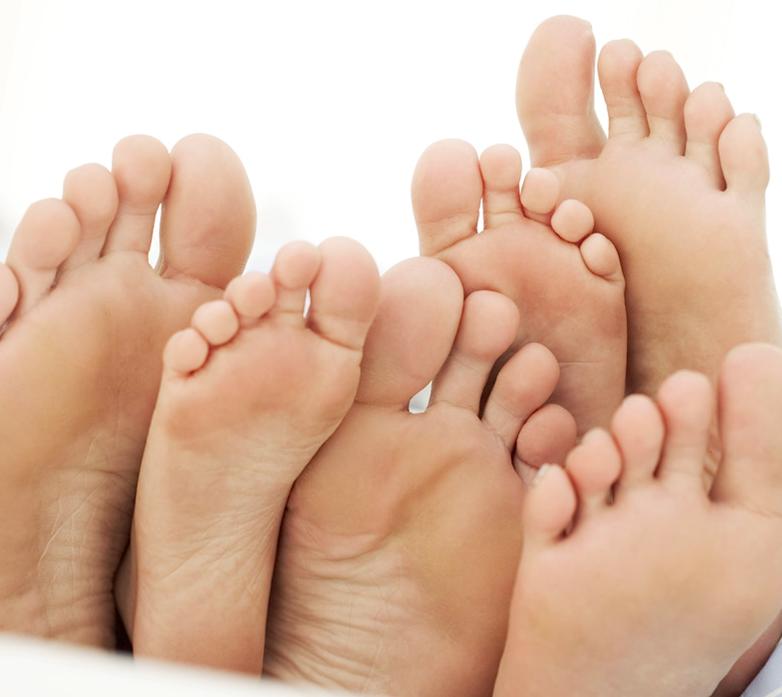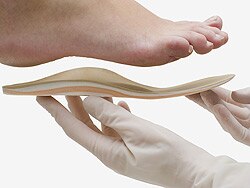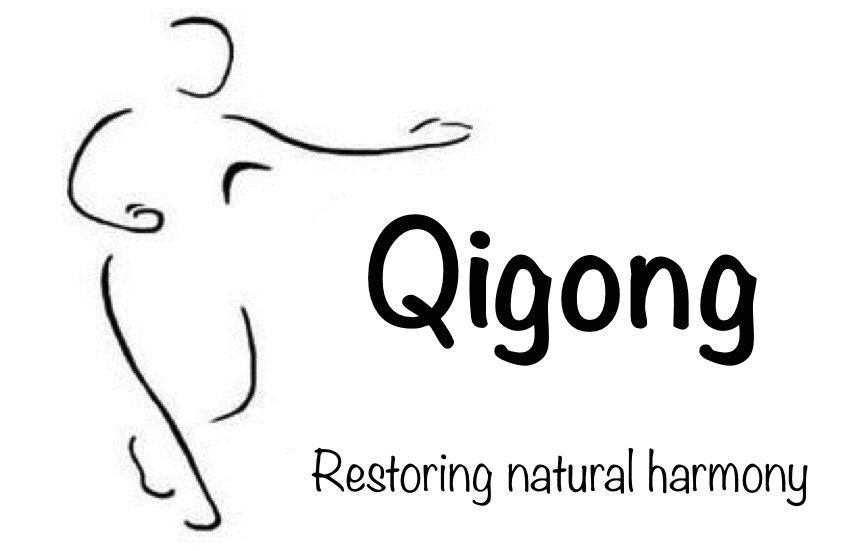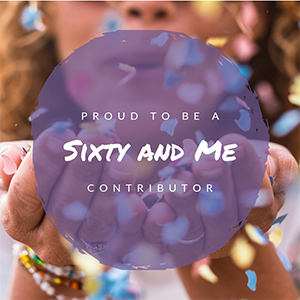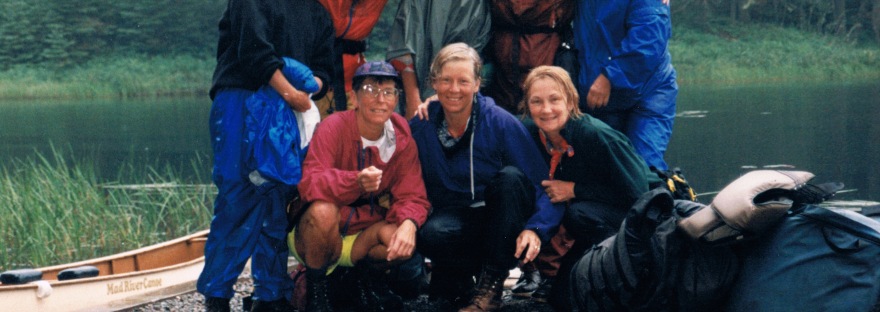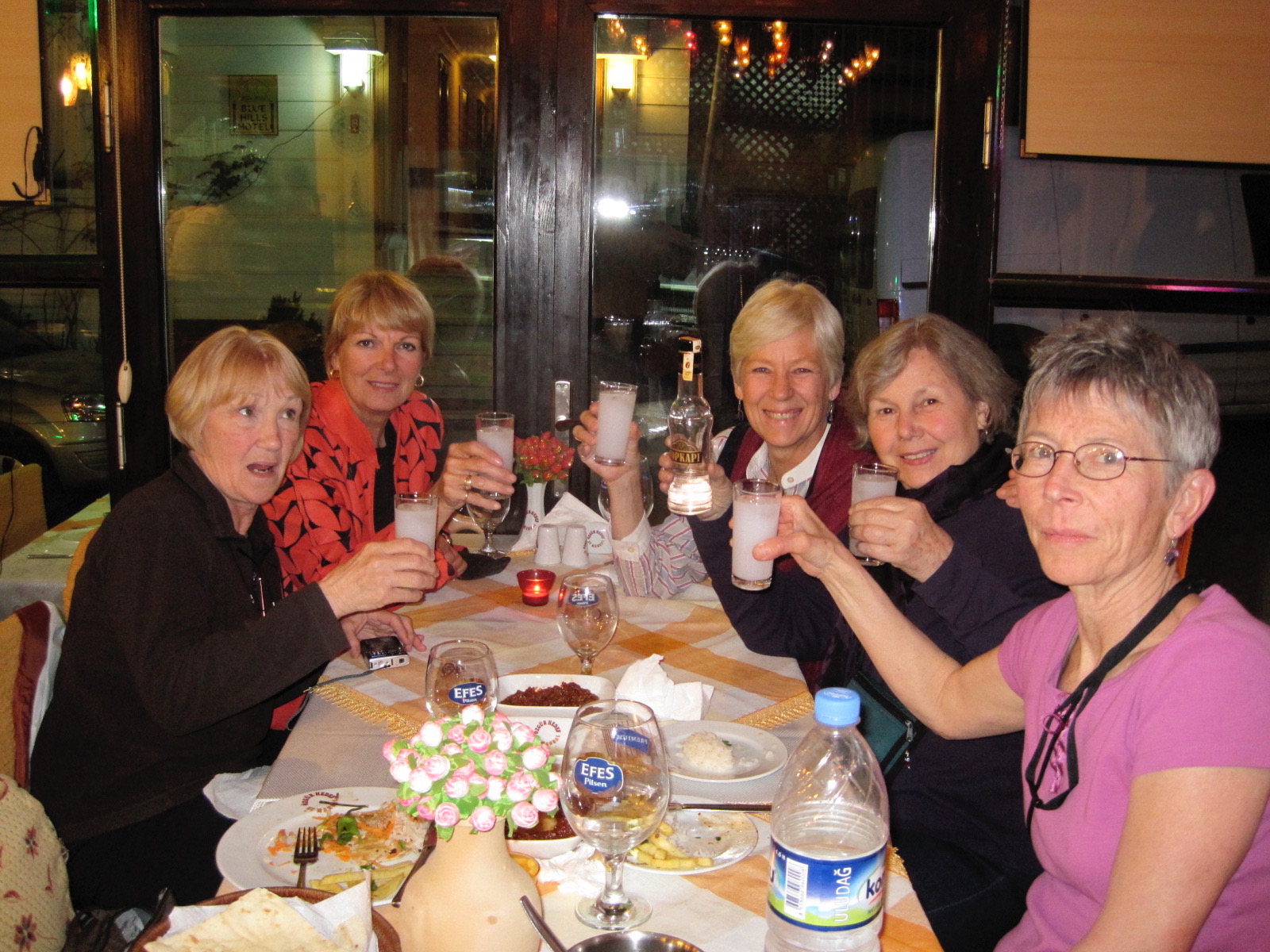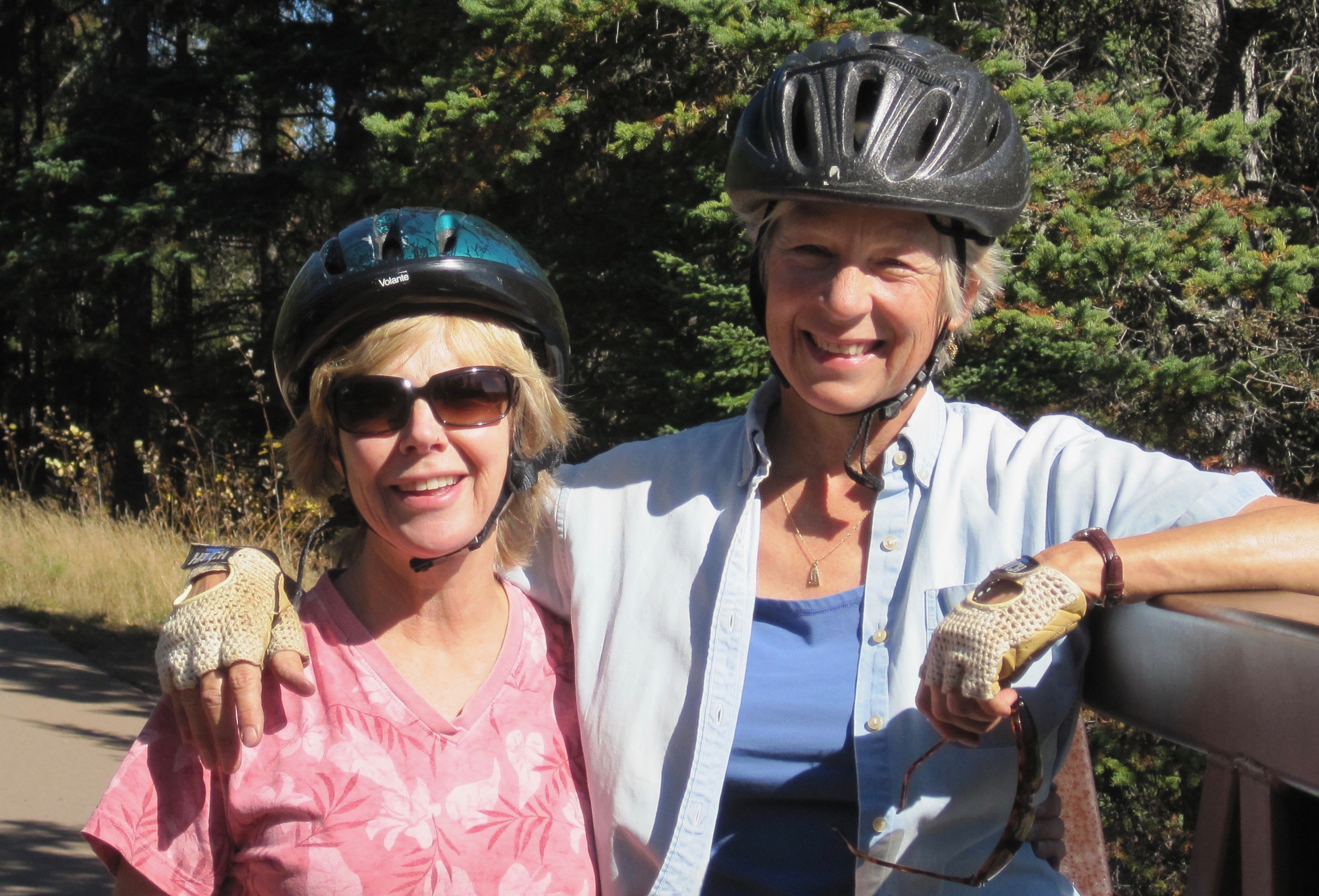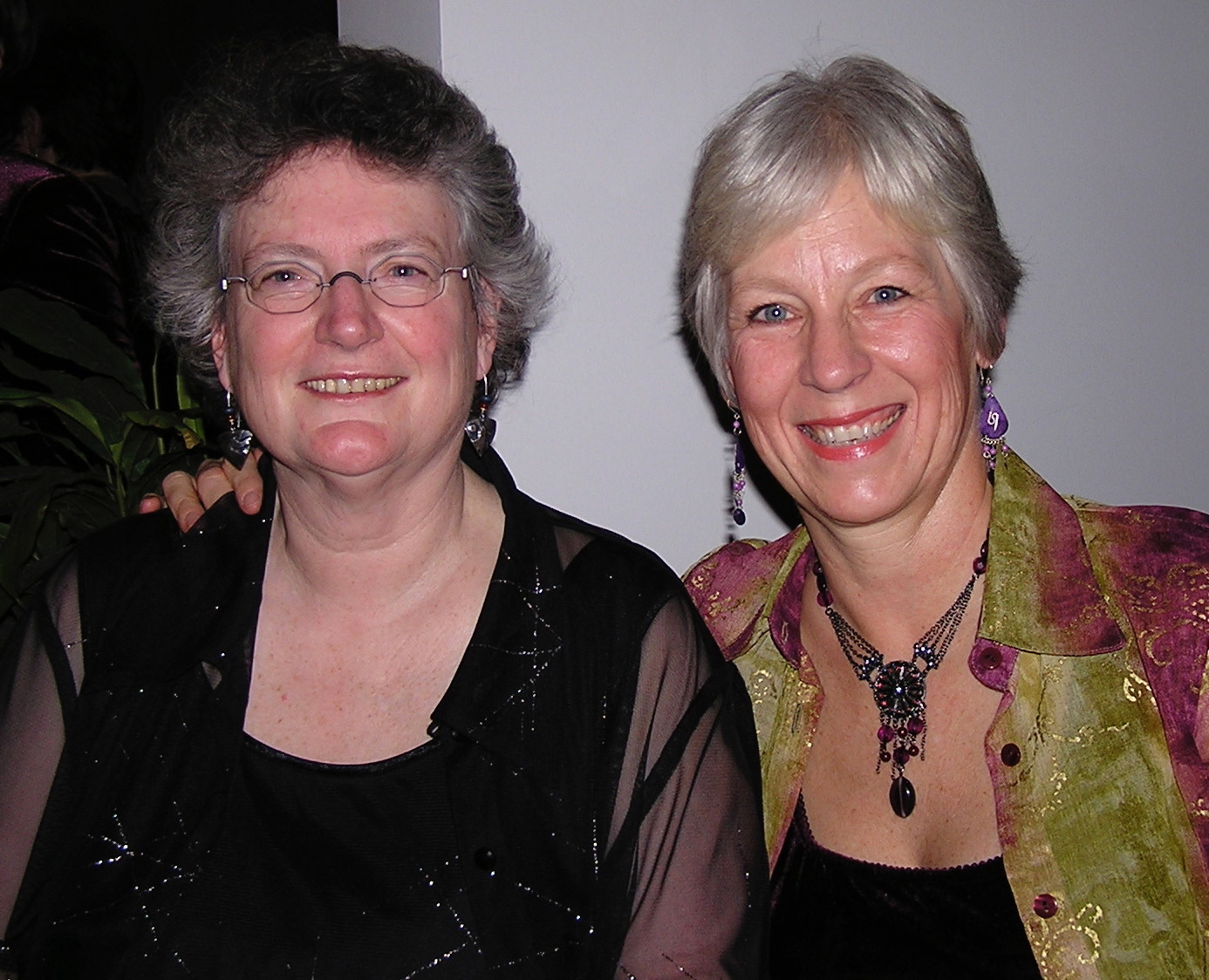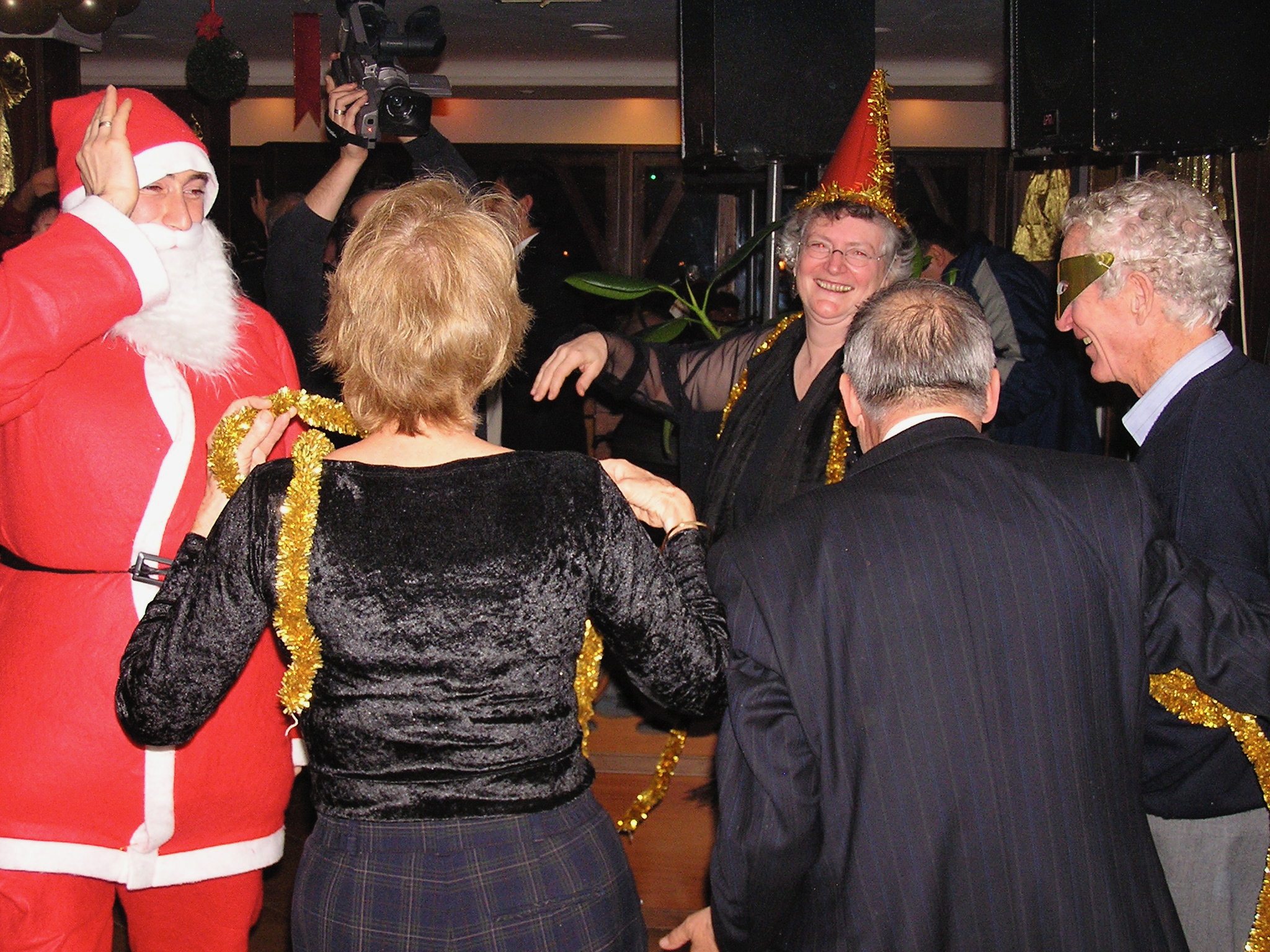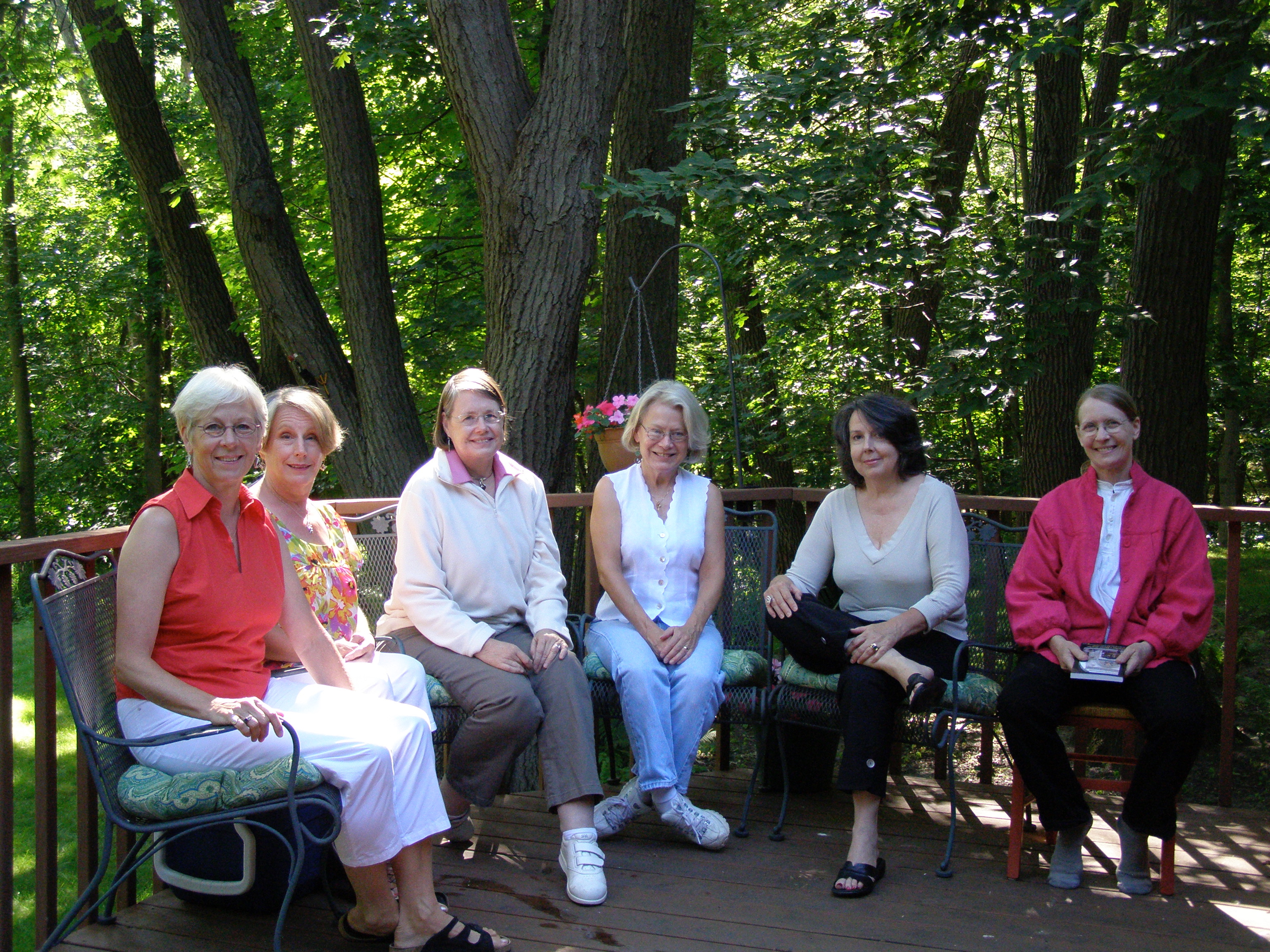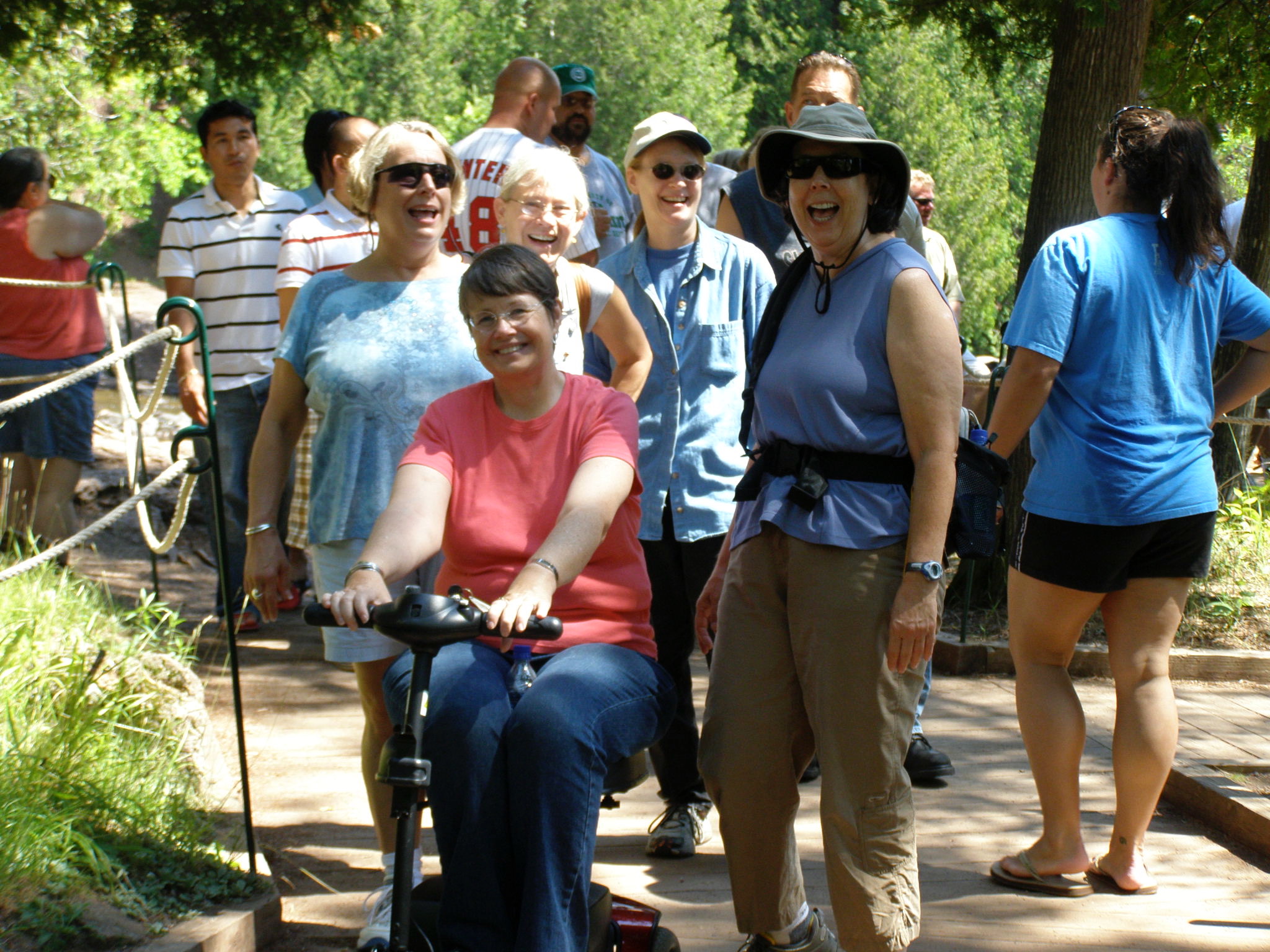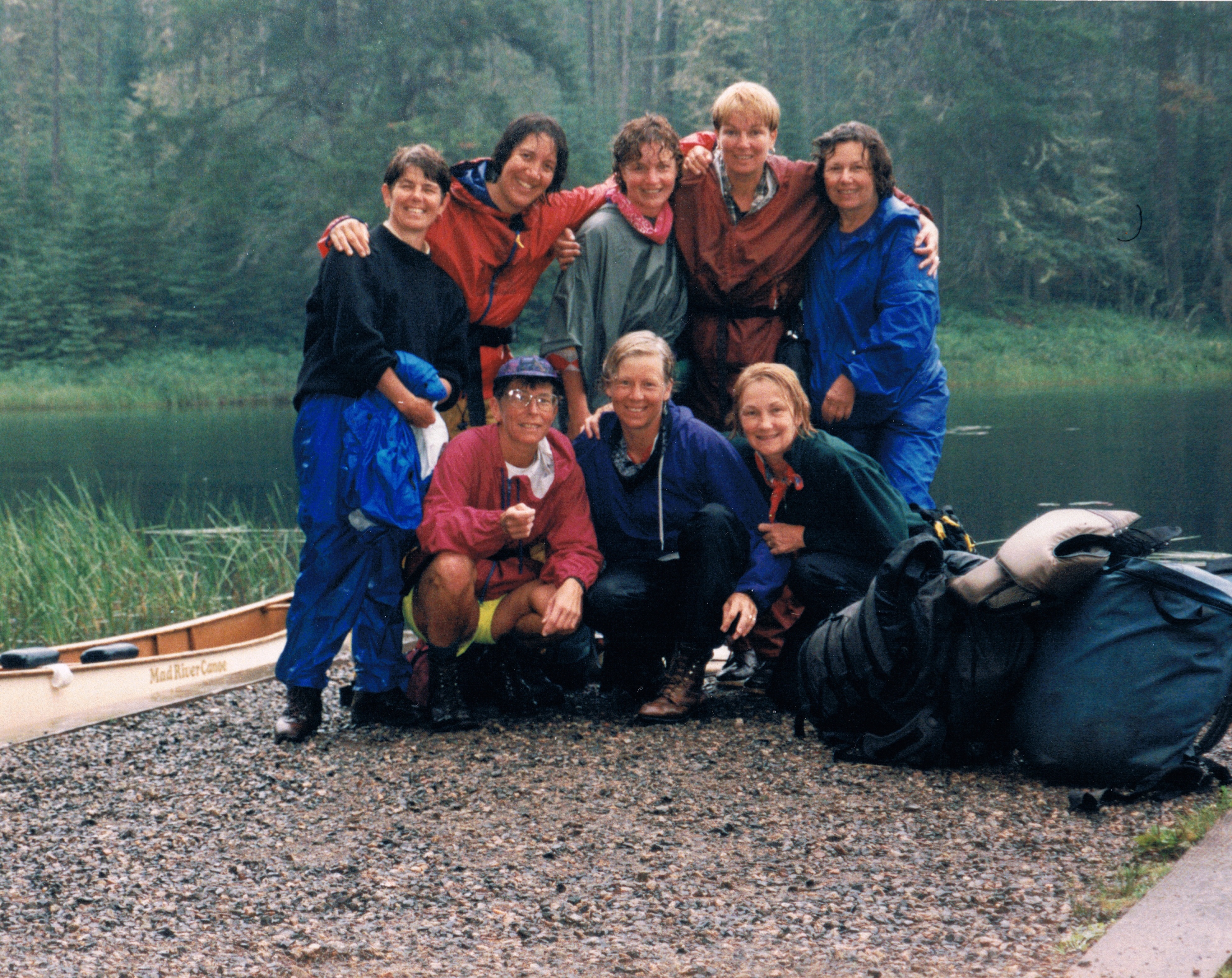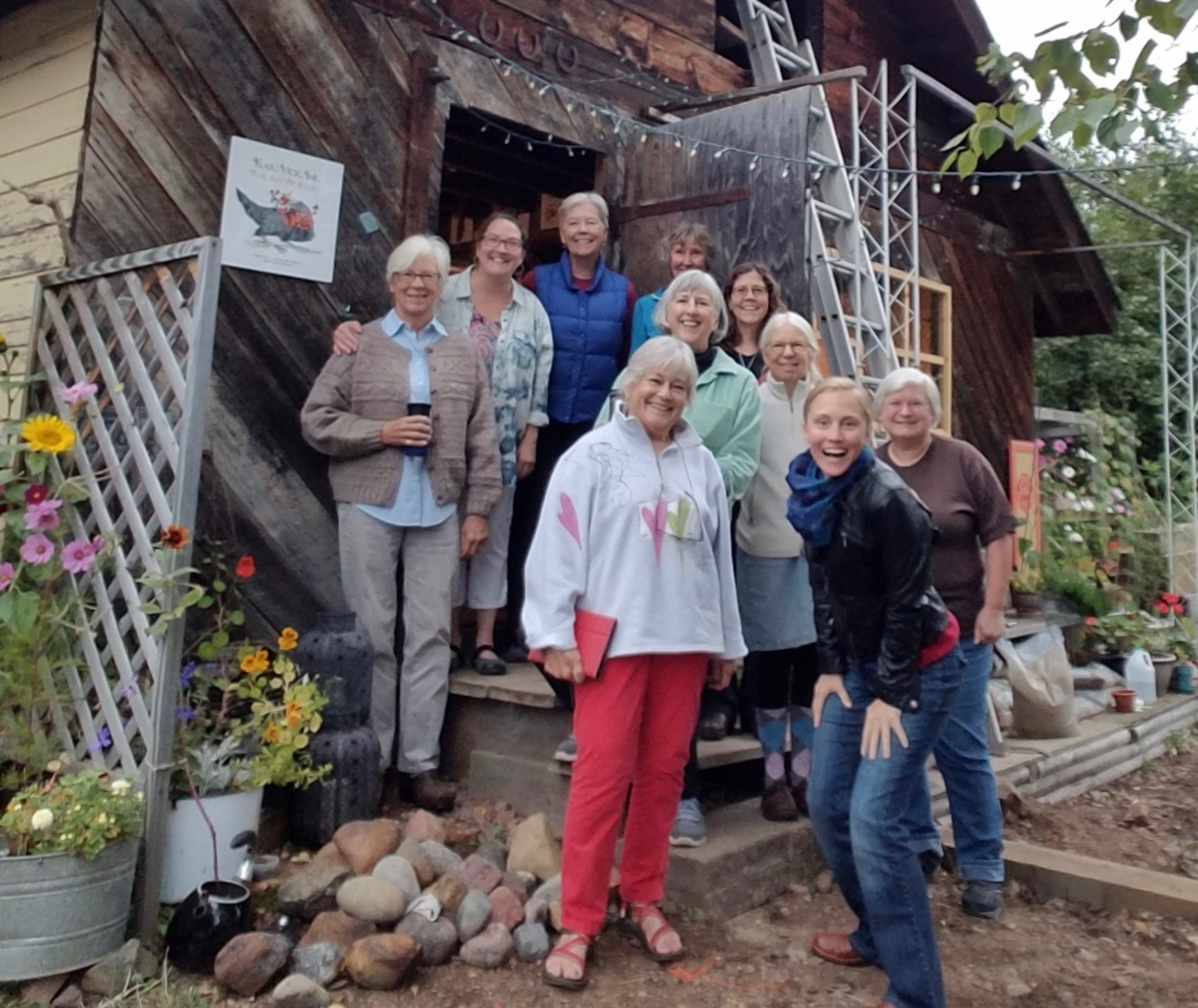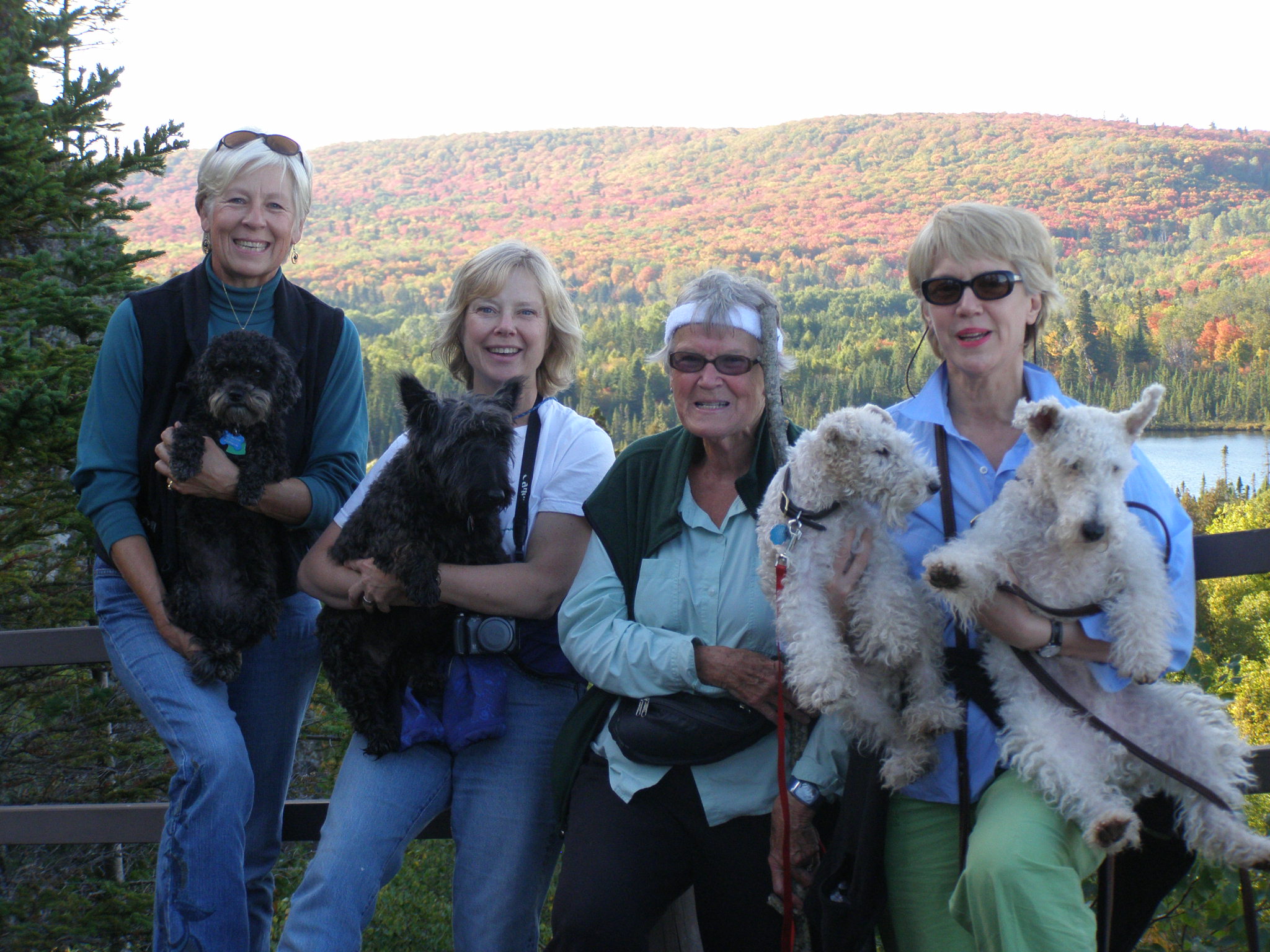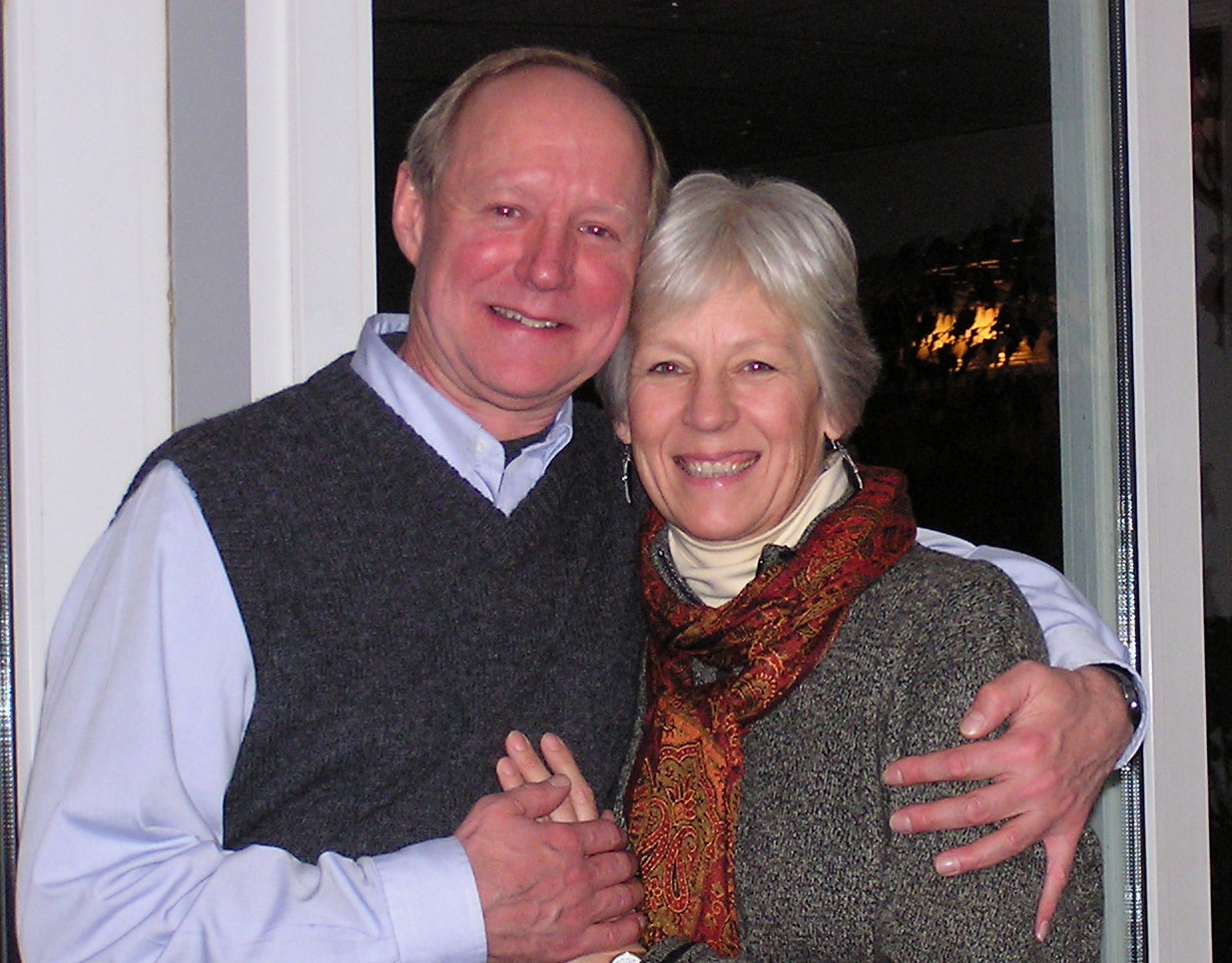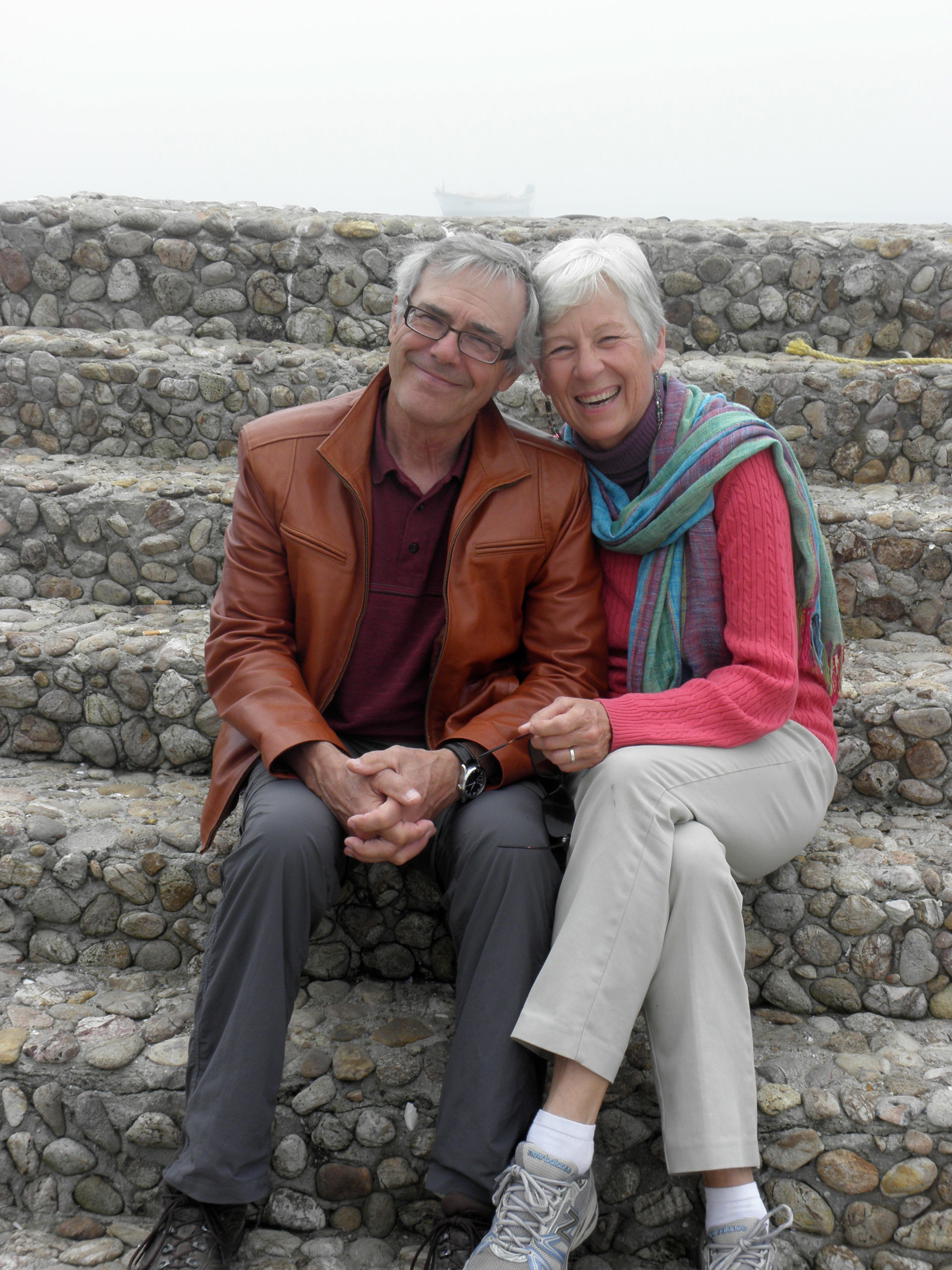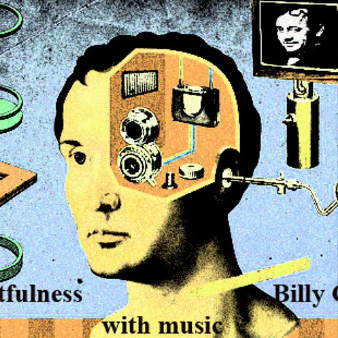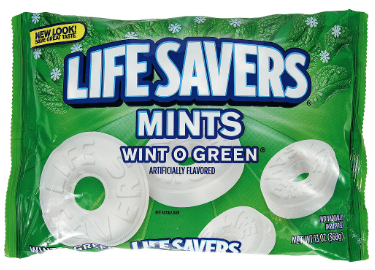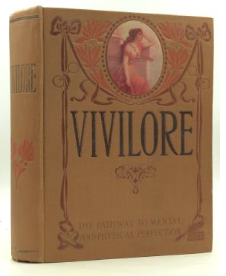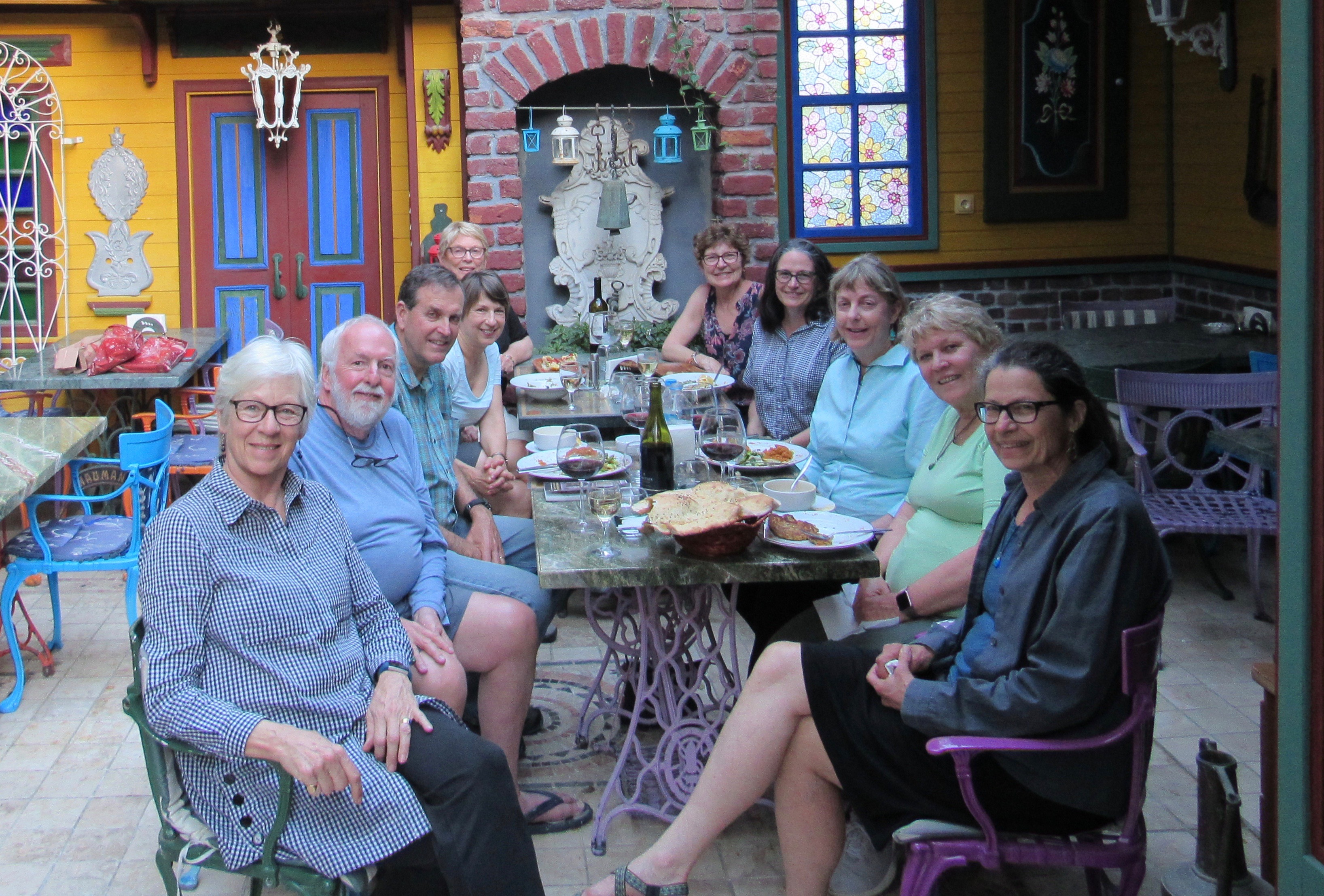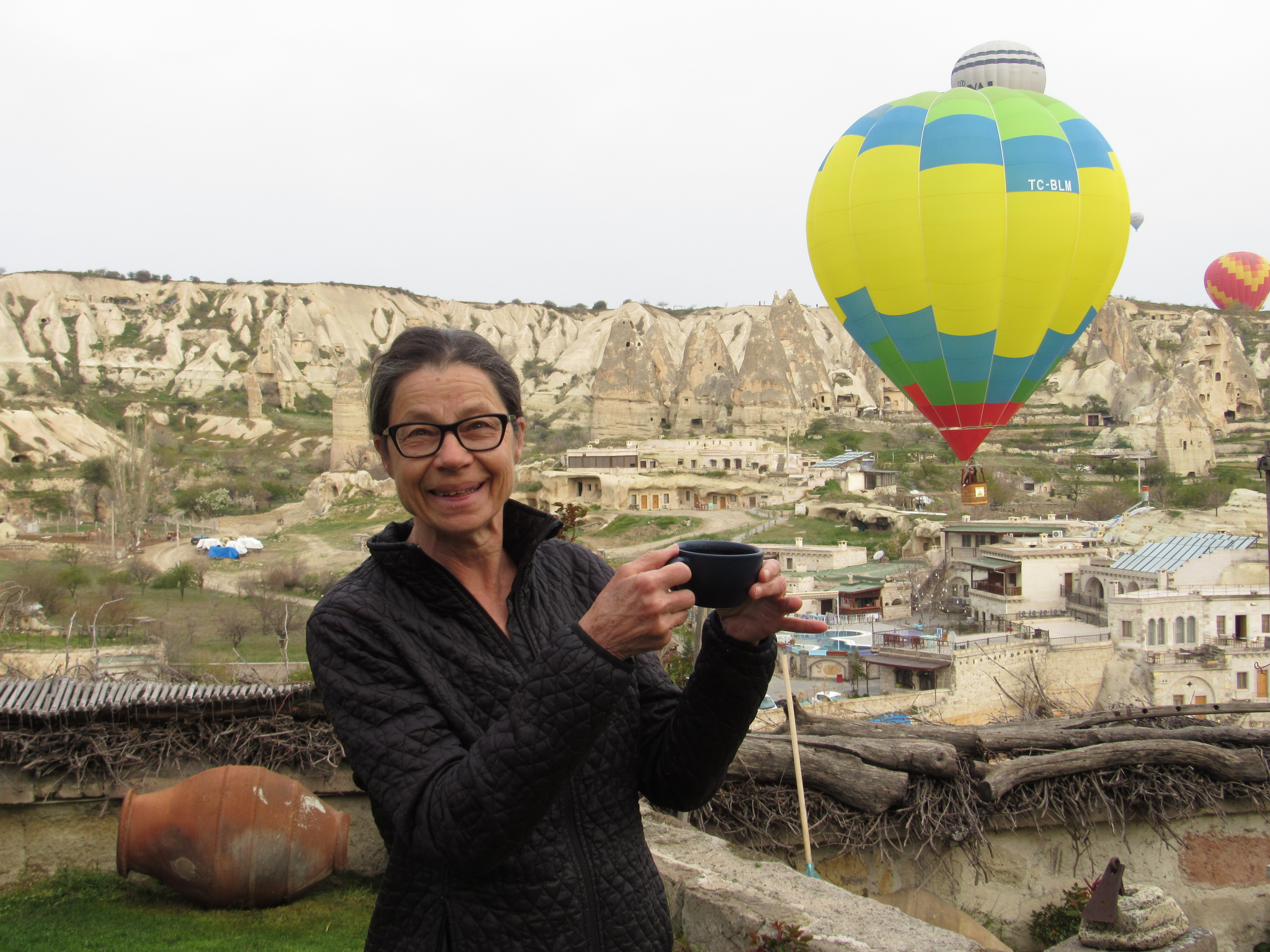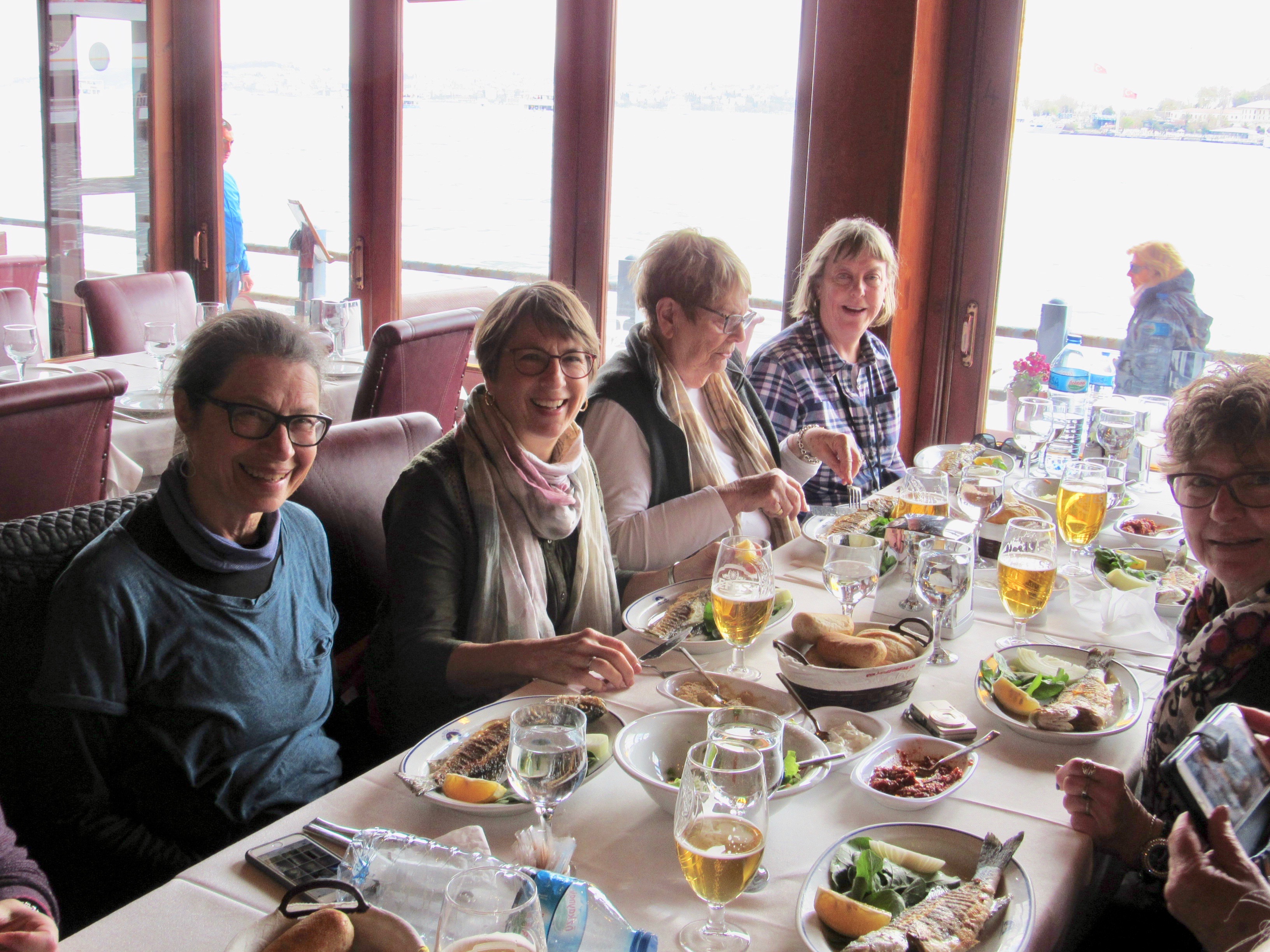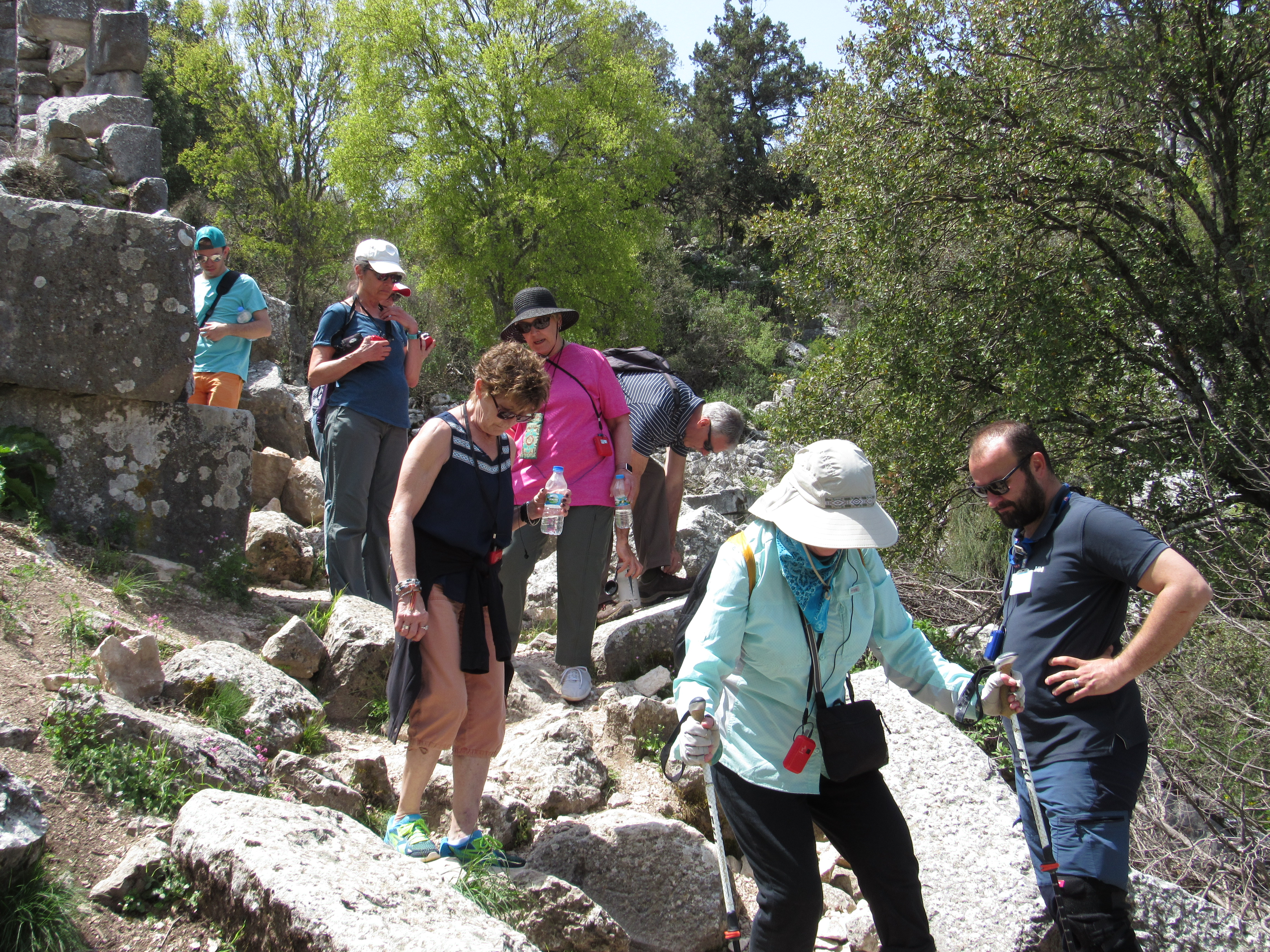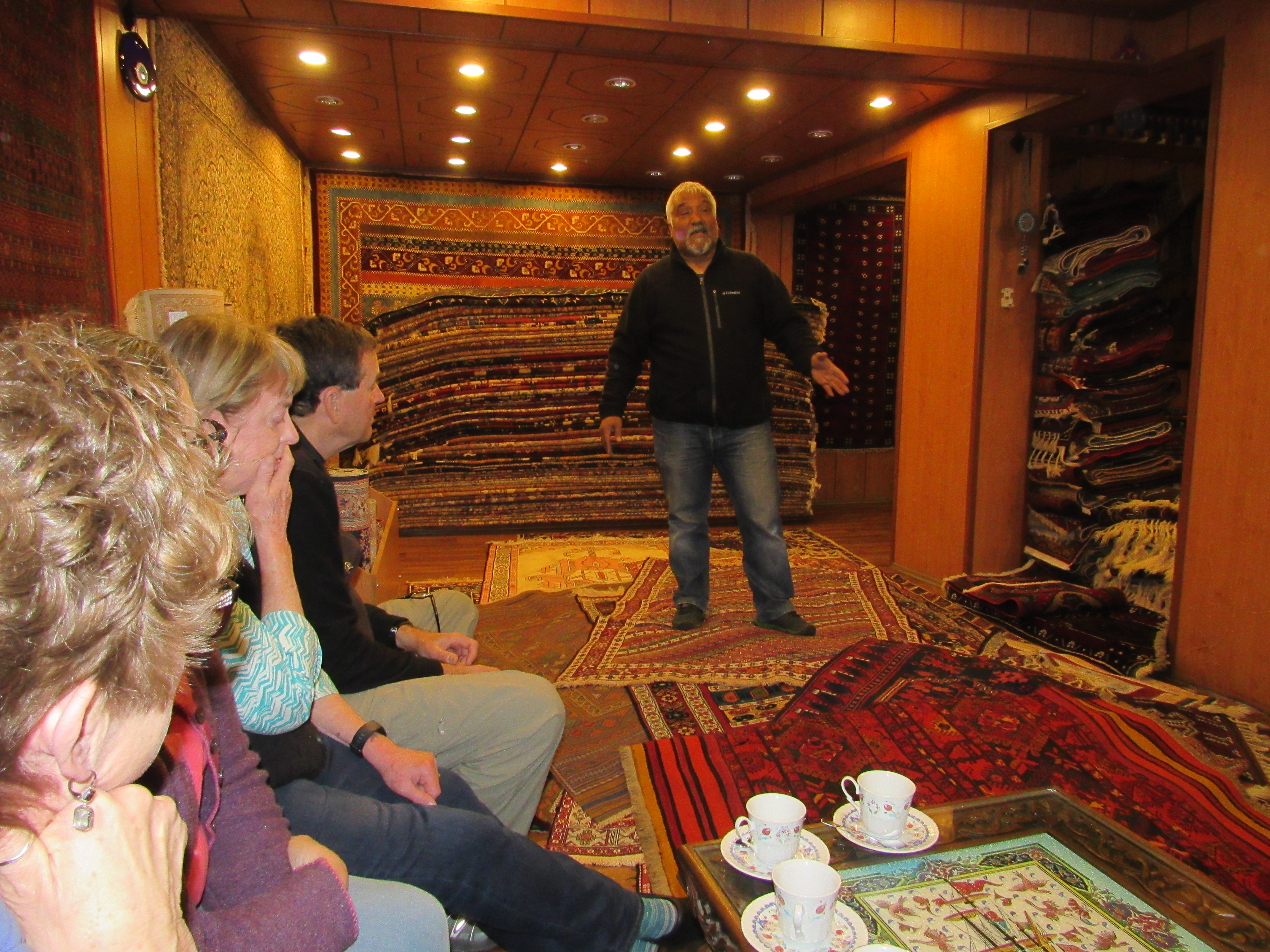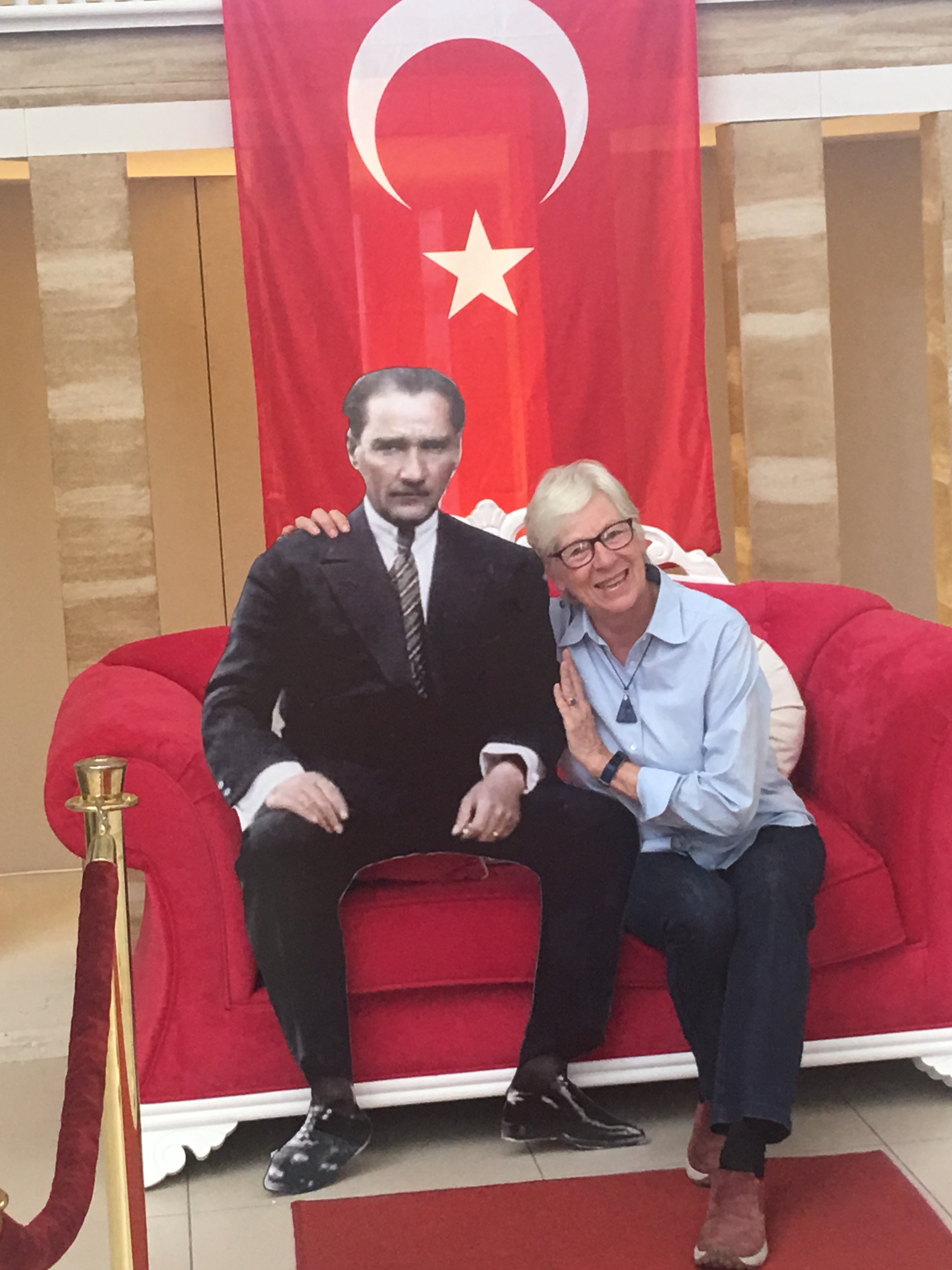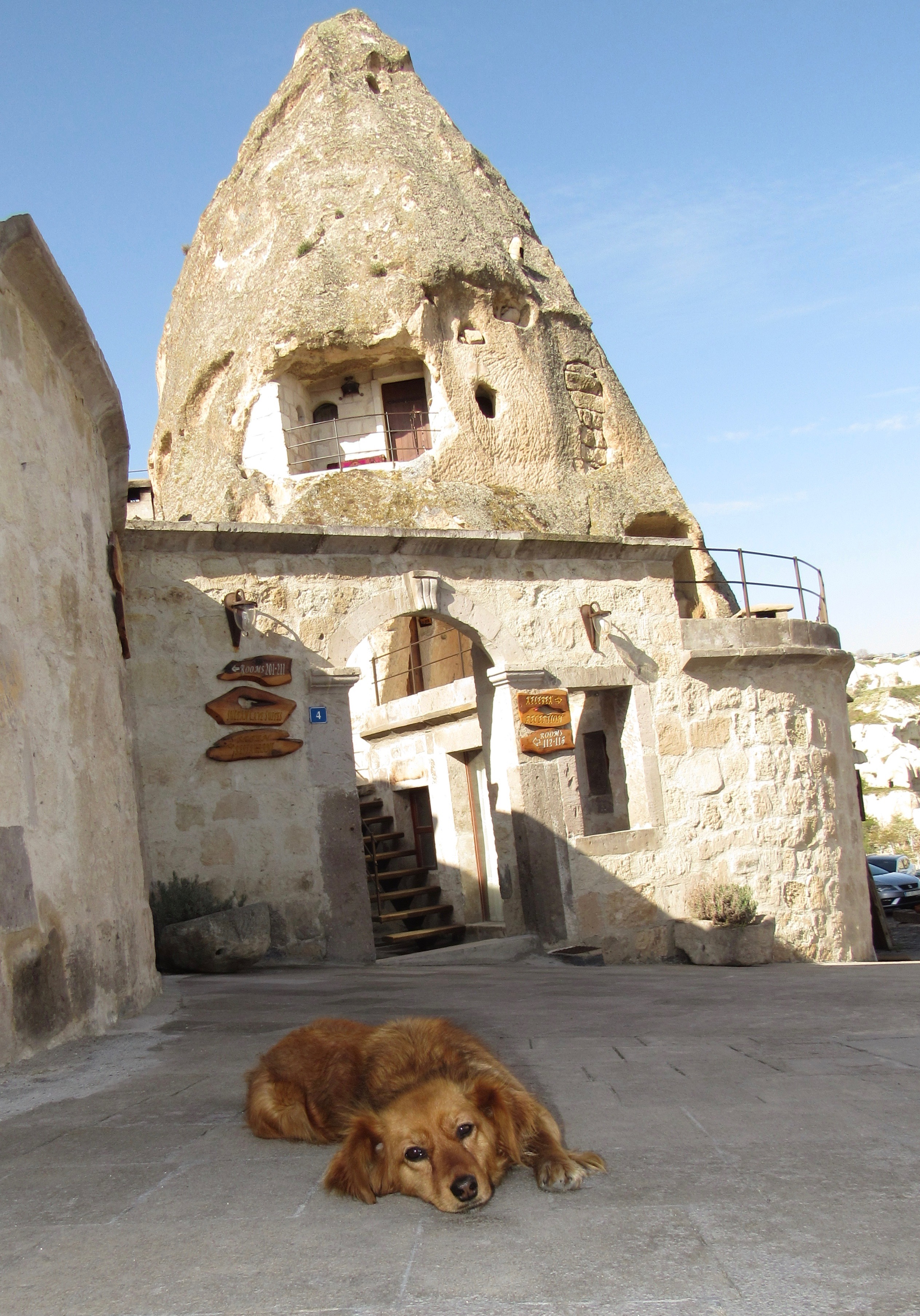Personality inventories intrigue me, so how could I resist offering to play guinea pig for a friend learning to analyze personality type? Piece of cake, I thought. I know myself.
When we got to talking about organization, I explained that I’m random and don’t come by organization naturally, but that I’ve learned to organize myself. My elementary school desks were always a mess, and my mother made me clean my room every Thursday. It took hours, but my room was tidy once a week for Friday cleaning.
My friend disagreed. He convinced me that I actually am an organized person, whether it’s a natural trait or an acquired one. For instance. my bookshelves. I have a shelf of books on Turkey, a shelf of reference books, one of books by people I know, and another of books for my book group. I also have a shelf of children’s picture books from teaching writing. In my office I have books on writing, plays, and novels I can’t part with. Oh, and there’s also a shelf of books I hope to get to one day.
Does that mean I’m organized? A few of my friends are a high step up, with books arranged by author or the Dewey decimal system. I’m not kidding. Now THAT’S organized!
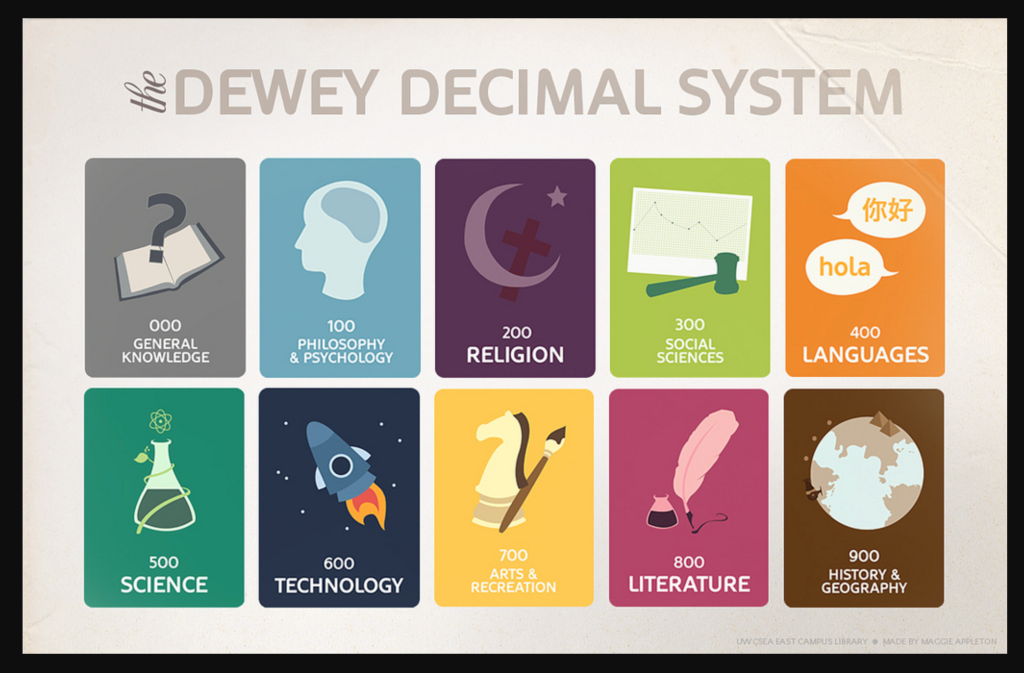
We’ve spent the last four days caring for grandchildren, and though it’s been fun, we’re exhausted. I asked if they were organized, and they couldn’t decide. When I asked how they arrange their books, though, they knew exactly what I meant. They’re all about books, those two. They spend half their time reading (warms my heart). Hazel, almost eight, keeps her Dr. Seuss books together on one shelf and has the others organized by series. Pretty impressive for such a little kid, I’d say.


And her DORK Diaries are bunched together as well.
Fletcher, age ten, has a totally disorganized bookshelf spilling out onto the floor. His action figures and Legos, though, are another story, neatly tucked into bins in his closet. Priorities, I guess.

Fletcher’s books are helter-skelter in his room.

AND YOU?
So—what about you? Take this handy-dandy survey to discover your Inner Organizational Self (your IOS):
A. How do you organize the books in your personal library?:
- Each book is arranged by author or topic.
- They’re carefully arranged by height and/or color.
- I try to keep fiction separate from non-fiction.
- They’re on shelves, which works fine for me.
- My books are scattered and stacked all over the house.
B How do you keep track of your schedule?
- I enter every appointment , meeting, visitor, and trip on a calendar.
- I have a calendar on the refrigerator for important appointments.
- I remember everything in my head.
- I try to remember everything but should start writing things down.
- Schedule? I go with the flow.
C. How do you approach your mail, bills, and documents?
- I process mail as it comes in, pay the bills and file away the records.
- I process the important things and set the others aside for later.
- I try to stay on top of mail, but sometimes it piles up.
- I set it aside to go through when I have time.
- I throw everything into a box and hope it goes away.
OK—So count your points based on the numbers of your responses.
1-5 Impressive! You get an A for organization. Your life is probably running smoothly and you don’t lose a lot of sleep over unfinished duties. Oh, if only we were all so on top of things. You have an IOS to be proud of!
6-10 You’re In Like Flynn, one of the gang, comfortable but organized enough to keep things rolling in your life. You may get to feeling a little behind at times, but you do your best. Who could ask for more? Your IOS is just right for you.
11-15 Hopeless, hopeless, hopeless! Well, at organization, anyway. Your easy-going nature is probably a day-brightener for those around you. Keep thinking positive and maybe things will work out after all. Sadly, your IOS is a bit lacking. Oh, well.
Whatever your IOS, give a thought to how you organize your world. You might want to make some changes, or maybe you should just pat yourself on the back for the incredible person you are.

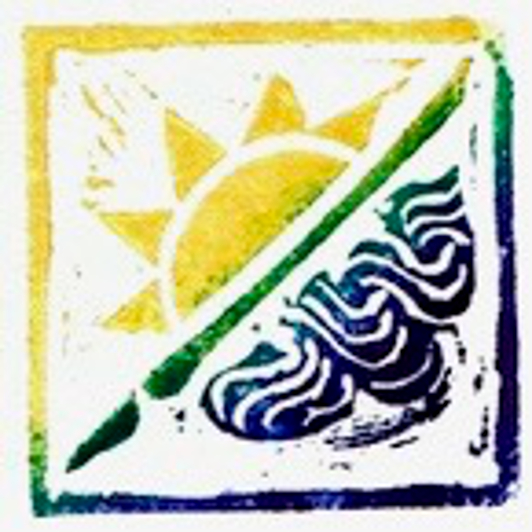








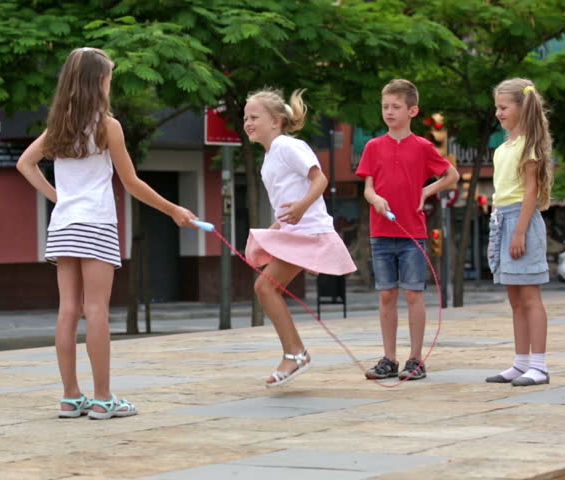

 I decided it might behoove me to acquire a taste for the stuff. For the next few years I searched out all the coffee-flavored sweets I could find to acclimate myself to coffee’s bitter taste. Thanks to coffee ice cream and Coffee Nips, by the time I graduated, I actually liked it.
I decided it might behoove me to acquire a taste for the stuff. For the next few years I searched out all the coffee-flavored sweets I could find to acclimate myself to coffee’s bitter taste. Thanks to coffee ice cream and Coffee Nips, by the time I graduated, I actually liked it. 



 •
•
